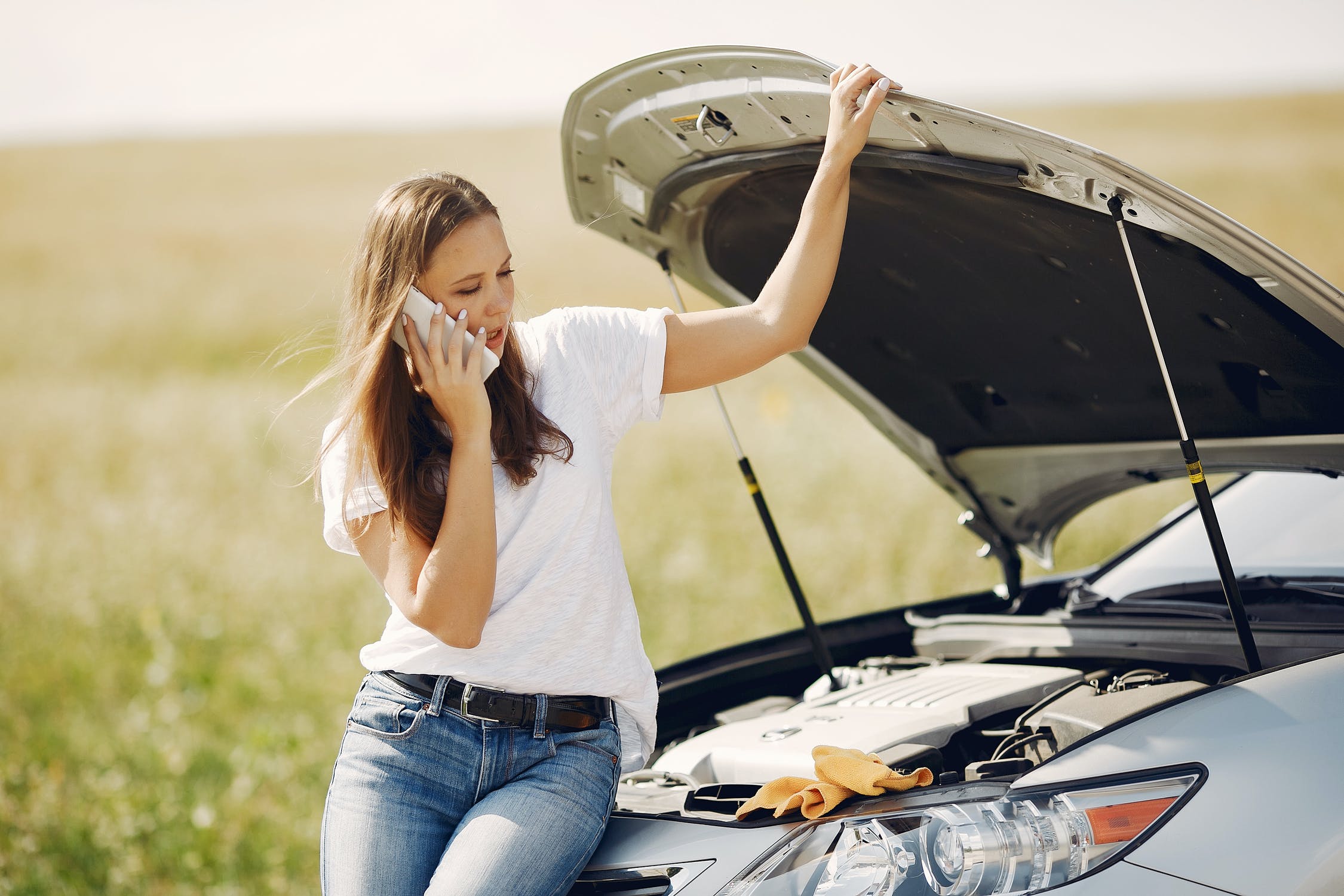
Whether you are in a car accident that is only a minor fender-bender or one where both vehicles suffer more damage, the fact that you are not at fault for the accident does not mean the incident simply fades away. This is especially true if you got damage to your vehicle. There are two parts to this article, the steps you take directly after the accident and then what you can expect when it’s not your fault vs when you are at fault for an accident.
Steps to Take After an Accident
Before we can talk about what to expect with your insurance and the entire process when you are not at fault for the accident, it’s important that we talk about what you should do when you get in a car accident. Even when you are not at fault, it is still important that you take certain steps along the way to not only get your car repaired, but also protect your legal rights. To come away from such a situation in the best possible shape, do the following.
Call the Police
Even if the accident was relatively minor, always call the police so that an official report can be filed. Doing so, lets police determine you were not at fault, while also letting you hold the other driver accountable for your car’s damages and the cost associated with repairs.
See a Doctor
Even though you may be almost positive you were not injured in the accident, don’t let this deter you from seeing a doctor no later than 48 hours after your accident. Even if you were in a fender-bender, it is always possible you could have suffered whiplash or other injuries that may not show themselves until hours or days later. Should it be discovered that you were injured in the accident, having medical documentation of your injuries will make it easier to get your insurance company to pay your medical costs.
Speak to an Attorney
After almost any type of car accident, it is a good idea for you to speak with an auto accident attorney. This can be crucial, especially if you suffered injuries that were caused by another driver’s negligence. Should the other driver have been drunk, under the influence of drugs, speeding, or distracted due to texting or talking on their cellphone, you may be able to work with your attorney to initiate a personal injury lawsuit that could give you compensation for medical bills, lost wages, and pain and suffering.
Call Your Insurance Company
Finally, call your insurance company and explain the accident. By doing so, your insurer can tell you exactly what types of coverage you have, how to proceed if the other driver was uninsured, and how they will work with the other driver and their insurance company if applicable to collect compensation. If your insurance company does what it should, you will likely have to do little else along the way.
What to Expect When You’re Not At Fault Vs. At Fault
When it comes to accidents where you are not at fault, you will find a different experience than when you are at fault. One of the biggest differences will be how you work with your insurance company. You will have to talk to the insurance company either way, however, once fault is decided, your rates are less likely to go up if you aren’t at fault. On the other hand, many insurance companies have a policy related to how much your insurance would raise if you are found at fault. Some insurance companies, however, will raise your rate whether or not you are at fault. Even if you are in a no-fault state, the property damage is paid by the at-fault driver. Either their insurance pays for the expenses or the person paying out of pocket. If you’re wondering about a no-fault coverage that is a common option, that only covers injuries and not property damage.
Your experience with an attorney would likely be very different when it comes to being at fault vs not at fault. For example, if you are not at fault, you are likely to get a higher compensation to take care of any damages vs when you are at fault.
Rather than let opportunities slip away to receive compensation following your accident, take these steps as quickly as possible.


